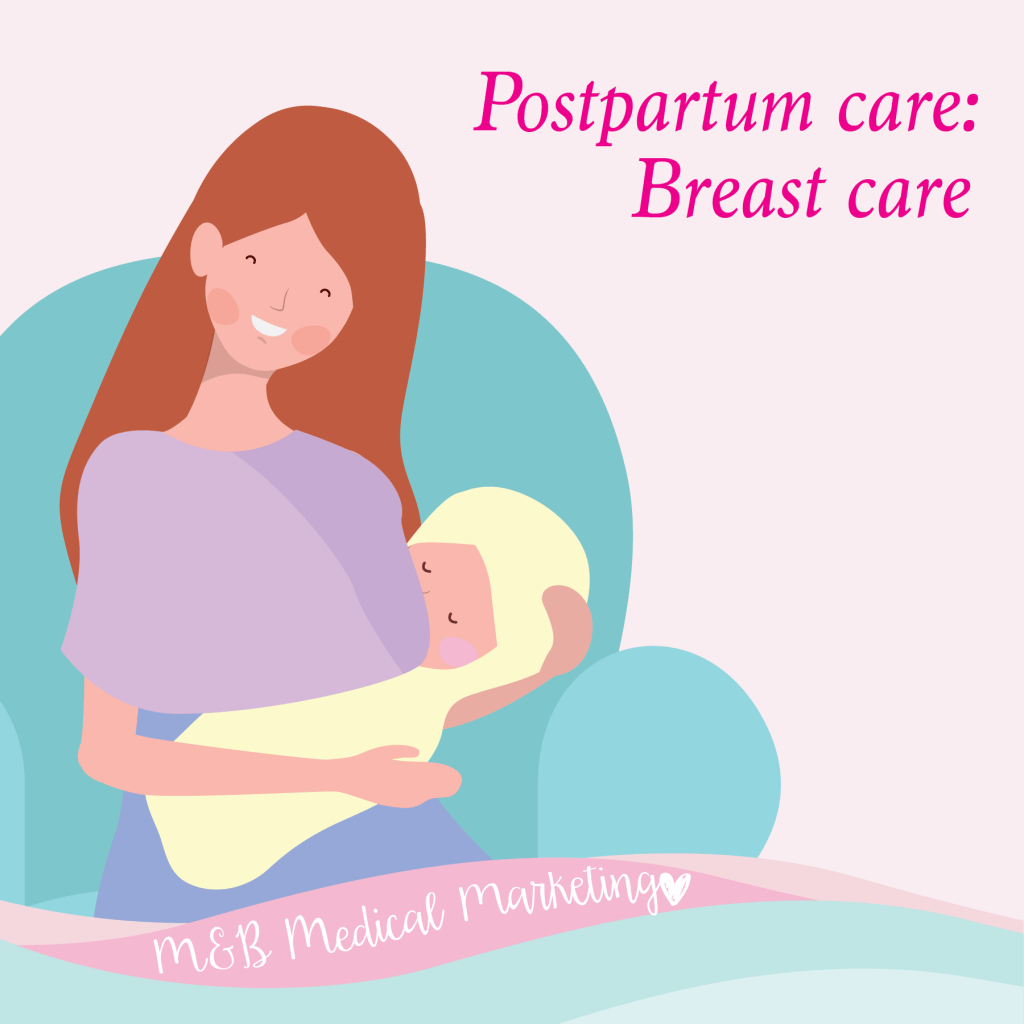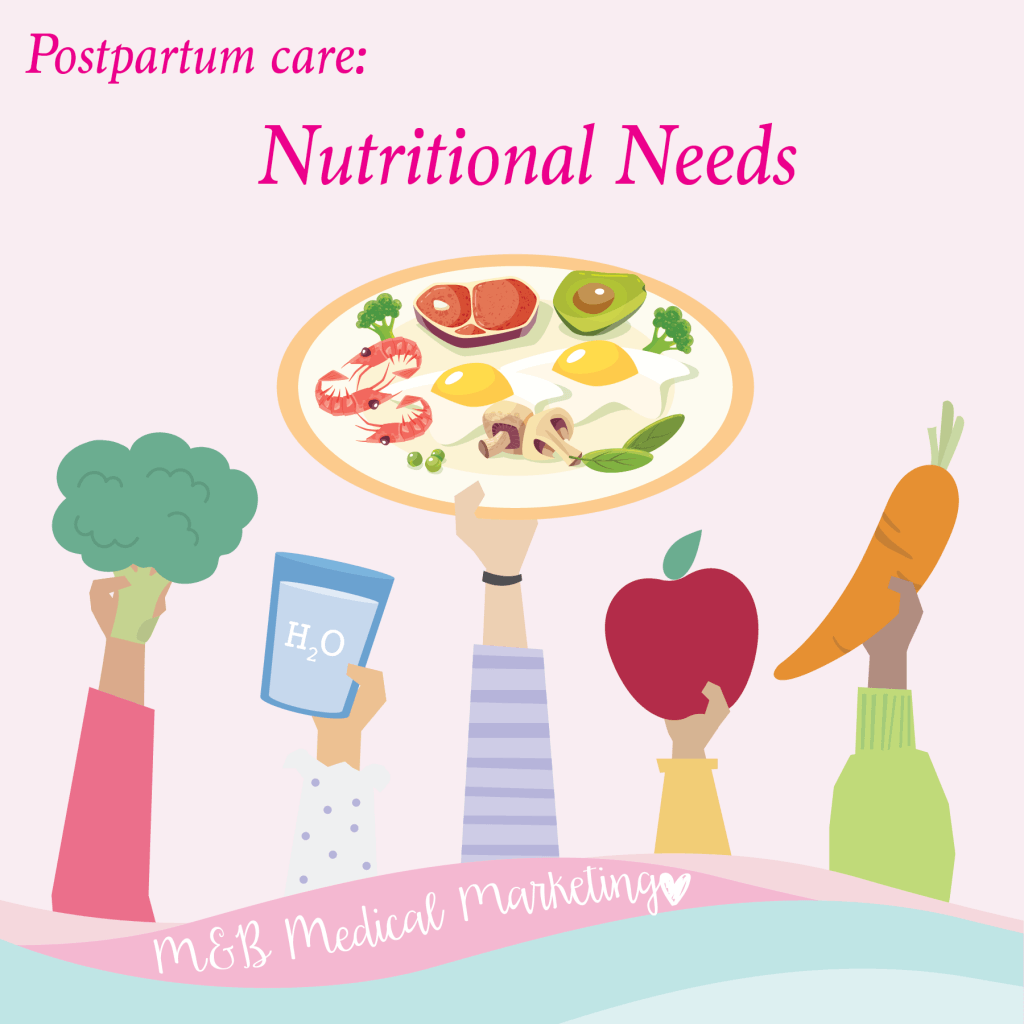ADORABLE INFANTS
POSTPARTUM CARE
MUM CARE

Breast care
Most new mums adapt to breastfeeding fairly quickly. Even so, you may notice breast swelling, tenderness or discomfort in the beginning.
Here are a few ways to relieve the discomfort and to prevent future problems.
- Swelling. Your breasts may swell, feel tender and heavy. This is called engorgement. For relief, try breastfeeding more often. Massage your breasts before you begin, letting some of the milk come out. This helps the baby latch on. Between feedings, place a cool cloth or ice pack on your breasts.
- Infection. To avoid breast infection, breastfeed regularly. Don’t skip feedings. When too much milk collects over time, it can inflame breast tissue and glands. In some cases, this leads to infection (mastitis).
Soreness. To prevent sore nipples, make sure the baby is latched on correctly. If your nipples get sore, apply moist heat. It’s also a good idea to feed more frequently. That way, the baby’s hunger is not so forceful. Be sure to offer your baby the less sore breast first. When you’re finished nursing, rub some of your milk over your nipples. Then let them air-dry.
After-pains are real
During the first weeks after delivery,
your uterus will shrink from the size of a grapefruit to the size of a pear. This process causes after-pains, cramps that may last a few days or a week.
They tend to last longer after each additional pregnancy. If you’re breastfeeding, after- pains may be stronger during feedings.
Within weeks, your uterus shrinks back to its pre-pregnancy size.
Expect some bleeding
Regardless of how you gave birth, expect some vaginal bleeding for up to eight weeks. At first, the bleeding will be like that of a heavy period. As your body sheds the uterine lining (lochia), you’ll pass clots as well as blood. You may have more bleeding in the morning or after breastfeeding. Within a few weeks, the bleeding will fade to spotting or a light discharge. For now, do not use tampons without your healthcare provider’s approval.
Easing haemorrhoids
Women often develop haemorrhoids (swollen veins in the rectum) during pregnancy or delivery. If haemorrhoids cause you discomfort, apply ice packs to the affected area while lying down. Cold witch hazel pads may help stop itching and burning. Also, keep your stool soft by eating foods high in fibre, eg, vegetables, fruit and wheat bran, and drink plenty of liquids. If discomfort continues, your doctor may prescribe a stool softener. If you’re breastfeeding, do not use any medication or ointment without first consulting your doctor.
Other common complaints
Pain in the area of the perineum can be eased by lying on your side. When sitting, use a donut pillow (a donut- shaped inflatable or foam cushion).
If you had an episiotomy or a Caesarean, turn to page 66 for a wound care guide.

Nutritional needs
- Make sure you get enough to eat. If you are breastfeeding, you’ll need about 500 kcal more a day than you needed before pregnancy.
- Eat more protein than when you were pregnant as you need about 20 g extra a day.
- Drink plenty of water and other liquids.
- Limit foods that contain caffeine
(eg, coffee, tea, chocolate and some soft drinks).
Source: MIMS HealthToday Malaysia
